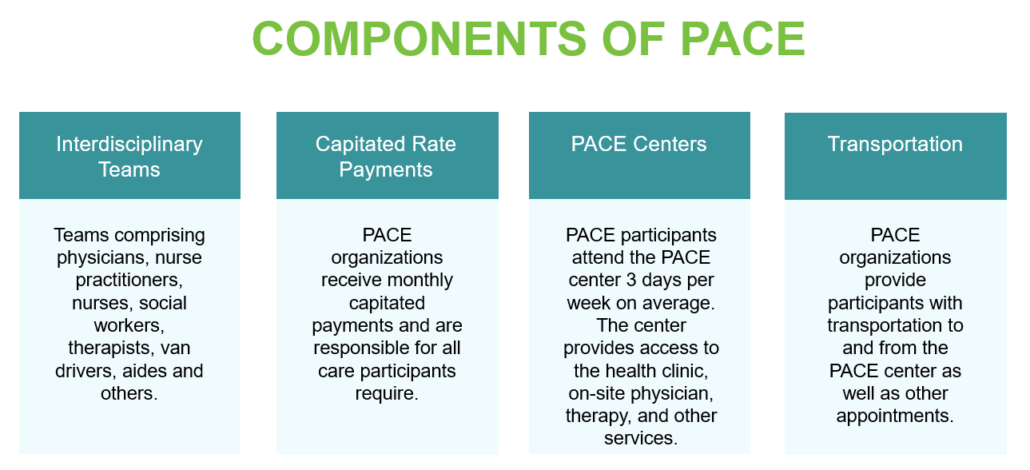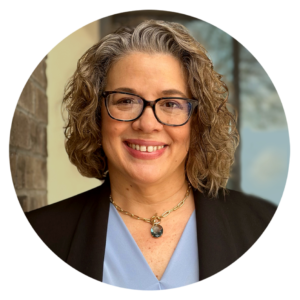Myers and Stauffer: Client-Centered and Quality-Focused Project Management
Programs of All-inclusive Care for the Elderly (PACE) is a long-term care model that uses an interdisciplinary health care approach to assess the needs of each member and deliver a comprehensive array of services, all with one goal in mind: keep seniors healthy and living in their own communities for as long as possible. The number of Medicaid beneficiaries receiving care in community settings has grown in recent years, but unlike other home and community-based (HCBS) programs, the PACE program is limited to individuals age 55 or older, who are certified to need nursing facility care, yet are able to live safely in the community.
Distinctive Program, Compelling Opportunities
Although most states have developed PACE programs, the model remains unique enough to present uncommon challenges that public administrators may not have encountered previously.
- Conflicting Needs. Regional PACE programs often evolve from community-based provider initiatives that drive development, and therefore, may not reflect the State’s broader interests and objectives. States must identify viable PACE service market areas and balance regional needs against larger statewide interests.
- Specialized Features. Because PACE uses a capitated-rate payment structure focused on long-term care, it involves unusual attributes, including the balance between community-based providers and nursing homes. Capitated rates must be calculated using appropriate claims data for PACE eligible members.
- Stakeholder Engagement. Providers, beneficiaries, and other stakeholders may not be familiar with PACE, which creates a need for educational meetings and other forms of stakeholder engagement that can help the state develop its program more effectively.
- Regulatory Compliance. States must make sure their PACE programs demonstrate compliance with state and federal regulatory requirements, application submission, and PACE center operations.
- On-going Monitoring. Monitoring of PACE center operations for financial sustainability, quality of care, and positive health outcomes is essential.

Why States Need a Skilled Partner
Creating and launching a PACE program – a multifaceted, dynamic, and sometimes challenging process – requires a sound understanding of the model; an organizational assessment; program planning; calculation of PACE capitated rates; stakeholder engagement; the submission of a PACE provider application; and readiness reviews prior to participant enrollment. In addition, balancing the needs of the state, CMS, and stakeholders against fiscal responsibility requires not only immersive experience, but also intensive insight into the regulatory environment.
Myers and Stauffer can help bring a big-picture focus to PACE program development through market analysis and knowledge of how PACE can complement traditional Medicaid programs. We provide support as states contemplate the CMS-developed critical elements that should be considered as part of the rate development process. Our extensive exposure to state Medicaid programs around the nation enables us to draw upon a range of compliance, program integrity, auditing, and other experiences needed to address the varied requirements that states face with PACE programs and the diverse needs of those they serve.
For more information about our full spectrum of services, visit our PACE page or contact the subject matter experts below.





